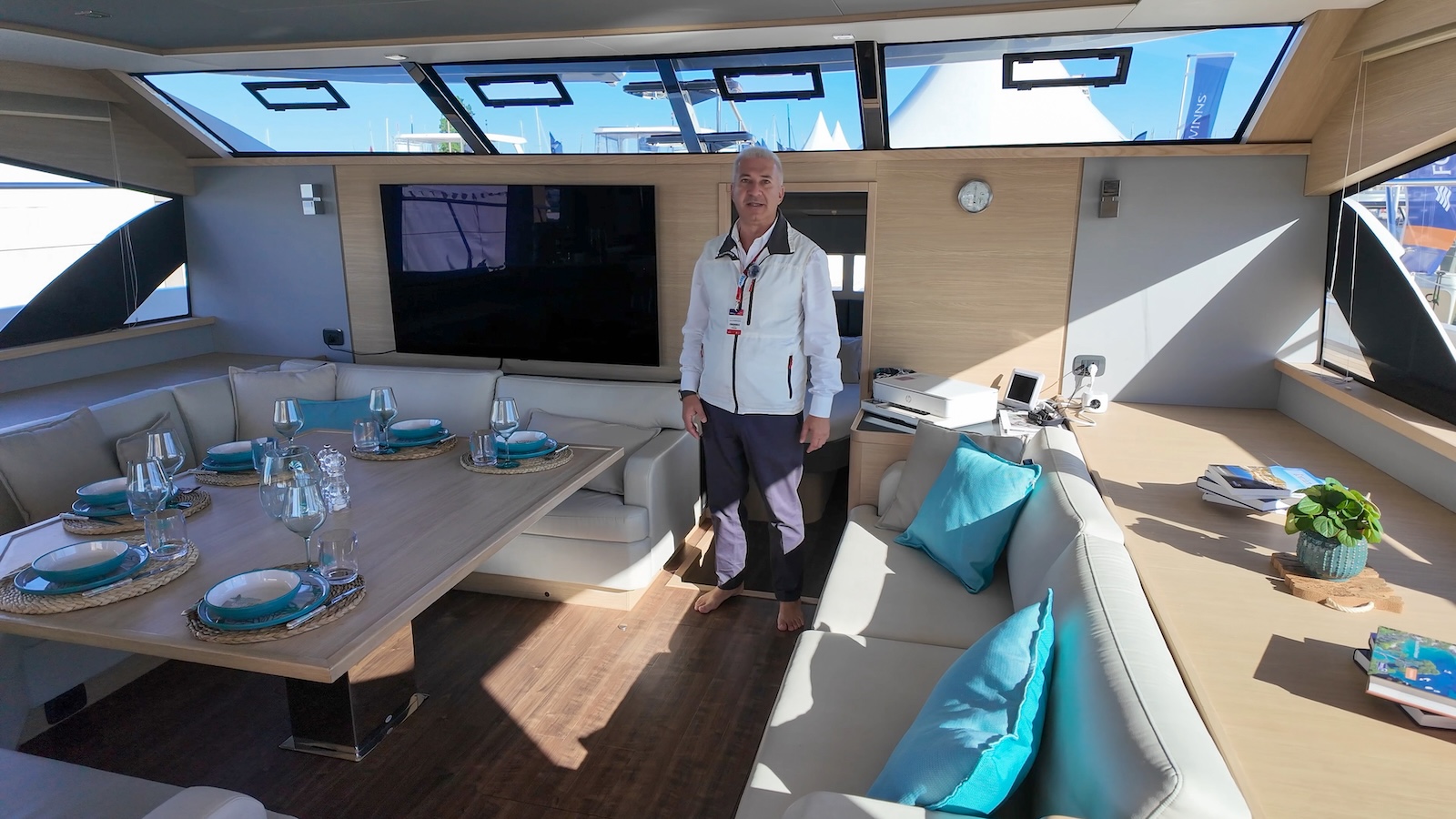Leggi l’articolo in italiano
Between October 27th and 30th 1991, the meeting of two deep depressions provoked what was defined the “perfect storm“. A book before and a movie later rebuilt its origin and the dramatic hours lived by the crew of Andrea Gail, sunk at about 180 miles East of Sable Island, in the Northern Atlatic. No one survived. Between October 28th and 30th, some buoys near the last fishing boat’s position measured waves up to 18 metres of height.
Less famous, although it was told by a book and a movie, is the story of Satory, a 32-foot-sailing boat designed by Colin Archer. In that same hours, the shipowner and two young women were sailing towards Bermuda Islands when they were hit by the same storm. The boat was abandoned at 75 miles off Nantuket and the crew was saved by a coastguard’s helicopter. In that moment, waves exceeded 10 metres of height.
Satori continued to sail and it was found practically entire on the coasts of Maryland.
The same destiny was shared by 20 of the 25 boats abandoned during the terrible storm of Fastnet in 1979.
They were all found able to sail or float with any problem and some of them didn’t have any serious damages.
These two episodes, like many others, prove how true is the saying establishing that we mustn’t abandon our boat if it doesn’t abandon us. Unless we are sinking, the boat is the safest place where we can survive.
However, abandon is sometimes the only solution to save the crew. An untameable fire, an irreparable or unattainable leak ( a hole of 10 cm under floating lets enter 90 litres of water a minute) are the typical situations where putting the life raft into the water and abandoning the boat are the only possibility left.
In these situations, the worst enemy is panic. A good preparation is, as usual, necessary to avoid loosing control and fatal mistakes.
Once we have decided to abandon our boat, the first thing to do is to put our life raft into the water and to activate the Epirb, if available. Its working is very simple but it’s better to activate it in time. Its signal will be intercepted from satellites and sent to the specific stations which will start the difficult rescue mechanism.
If it’s possible to use our radio, we have to send a mayday message which will have a strongest strength than that one we could send with a portable VHF on the life raft.
The life raft is a very uncomfortable place but where we can survive. Some years ago, we stayed on an Arimar life raft for two days and two nights ( we were three people). It was terrible, we were chilled to our bones, wet and we felt nauseous. And we didn’t live the psychological condition of the castaways but only that one of three journalists who knew that they had to test a particular life condition in a very narrow place provided with only the boat equipments.
The first thing to do is to put the life raft into the water. So, it’s essential that its placement is excellent, easy to reach.
Extracting a container of 20 Kg in an emergency situation from a very deep and messy locker is an operation of titanic proportions. In the case of coastal crossings, we can extract our life raft from the locker and then put it on the cockpit bottom. It will be an encumbrance but the safety level is higher.
When the life raft is in the sea, it must be reached. If possible, it’s better to put it next to the poop in order to avoid getting on wet. When all the crew is on the raft and the situation gets worse, we have to move several tens of metres away from the boat by checking that nothing has got caught on a rope or any equipment of the raft.
Another important precaution concerns the placement of life jackets. If we failed to convince our guest to conserve them in their cabins, everyone must know where they have been stowed, necessarily in an accessible free locker.
Fires and rockets. They must be placed in an accessible position everybody knows. Their use must be shown during a briefing before departure. When the emergency is evident, a parachute fire must be shot, while hand and smoke fires mustn’t be used until we are sure that our rescuers are near, in order to help them to find us.
Compulsory equipments apart, especially on more demanding navigations, it’s very important to have a watertight container for additional fires and a second one for an epirb, a mobile phone or, better, a satellite phone, a portable GPS device and a portable VHF. There are some specific bags available on the market but it’s sufficient a watertight bin.
If our usual travels don’t need such additional equipments, order and a good placement of everything in the same place (portable VHF, phone, additional fire…) will allow a fast use of them.
The life raft is provided with all the necessary survival equipments. But who has never seen an open raft? Who has never seen what is inside? It’s important to do that and a good occasion might be the MOT test. The person who does it must, if you ask, show you all the equipments and where they must be placed.
Even if it isn’t compulsory for non-professional sailors, a sea survival course can be very useful because it gives the possibility to experience the dramatic phases of a boat abandonment.



























